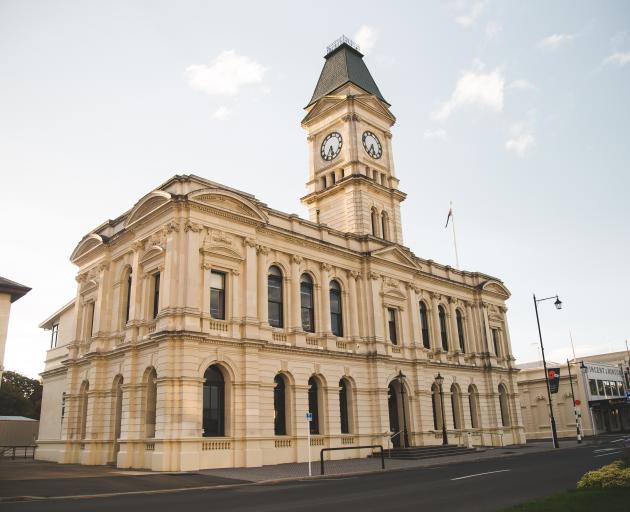
The council announced on July 18 it had finalised its preferred new structure with about a 9% reduction in its 211 FTE equivalent staff, in mid-July.
The overview of its new department structure was released this week after the council was reminded by Allied Press to release public information in a timely manner.
It sets out roles, teams and reporting lines, for "new ways of working" at the council and includes "fewer managers".
Council confirmed thist week that from July 18 until last Saturday , it had received eight formal resignations from staff so far.
The new organisation design retains a traditional pyramid outline with four "directorate" managers reporting to the chief executive (previously five).
Those new roles are:
- Strategy, performance and design.
- Community engagement and experience.
- Support services.
- Natural and built environment.
A supporting explainer by the council has an underlying mantra to "deliver more effectively and efficiently" for the district.
"This may not suit all of our current staff ... There may be some redundancies," the council said.
Staff were briefed on July 18 their jobs were either being disestablished or redefined, and that some would need apply for new positions.
It came after they were earlier asked to feed in ideas for the planned transformation.
Since July 18 the council had declined to release the outline of its planned new organisation design.
It is understood some staff were advised they may only apply for new jobs within "limited pools".
This was regardless of their previous professional expertise or experience.
The council has yet to confirm the existence of limited pools.
However, in a nearly 2000-word explainer, the council said existing staff were free to apply for roles across the organisation.
It would also mean some staff being offered new jobs with either less or more pay, according to roles and responsibilities.
"There are many roles available for staff to apply for now as part of redeployment, and there may be others become available as staff move roles.
"Whilst we are reducing roles overall ... there are plenty or roles for existing staff to apply for."
In releasing the new organisation design, it said that was "just one part" of the transformation.
"It’s about more than just who and where; it’s about working together and working differently," the council said.
"This change to the organisation design is not the whole transformation."
But the plan was to reduce to 191 full and part-time roles from the current 211 FTE, or "about 9%". It did include "fewer managers".
Existing staff were being offered "support" for the changes "we need to make".
March next year was the goal for implementation but some new teams and roles would be finalised before that.
"We will need to be flexible and see how things go, which might affect our timetable."
Joining teams internally to "act as one" would be key, the council said.
"The way we work now is like most councils, but it does not join things up well enough.
"By joining teams to act as one, we can deliver better customer service."
The new way would allow "a more organised and efficient approach".
In contrast, "the old way", resulted in customer service, project management and communications being separated across different departments.
"When we have transformed, we will have one team dealing with customers for all our services."
As an example under the natural and built environment directorate, a reconfigured infrastructure and operations department brought together roading, water and recreation (parks).
"Instead of three separate teams, with three separate networks to service, we’ll have one team ... but focused on the different needs of each part of our district."












